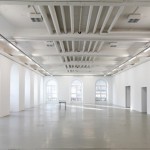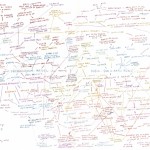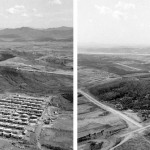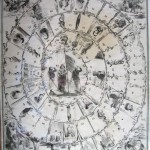When Czechoslovakia was invaded by Soviet army in 1968, people resisted to the repression of political reforms through creative means. After people were forbidden to listen to radio broadcasts, they started attaching antennas to bricks as a sign of protest.
Nothing more than painted bricks, these fake radios started to spread among the population pretending to listen to them, and although they were useless as a communication device, they were continuosly confiscated by the Russian Army. It is still unclear if this was caused by the genuine thought these were hidden audio equipments or because they were seen as anarchic pieces of art.
An early example of marriage between media and activism, these “devices” represent, for Tamás St. Turba, (poet, musician, and performance and Fluxus non-artist), “the mutation of socialist realism into neo-socialist realism: a non-art art for and by all”.


Related:
St.op-St.art (1965-2011 – UIPT, superintendent Tamas St.Turba)
FILM: Béla Balázs Studio – Tamás St. Turba & Dezsö Magyar: Centaur, Agitátorok (The Agitators)
dOCUMENTA(13) – Samples of historically and politically oriented works, a set on Flickr by g_i_r_a_f
Revolution, I love you, by Tamás St.Auby





[…] a Czechoslovak Radio. Here’s a good description – and a photo – I found on a website reflecting what the dOCUMENTA guidebook says about it: When Czechoslovakia was invaded by Soviet army in 1968, people resisted to the […]